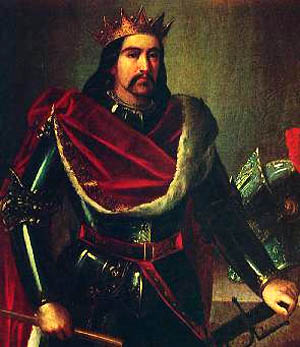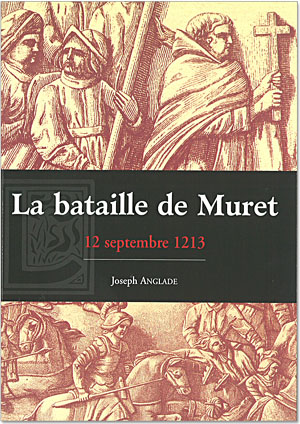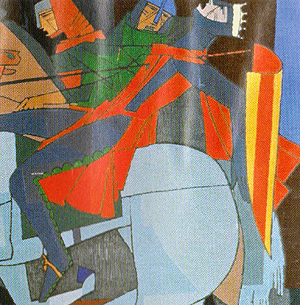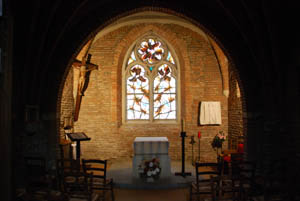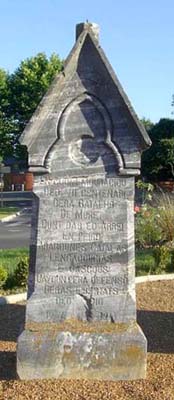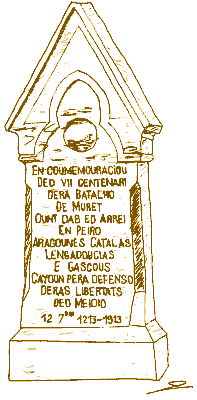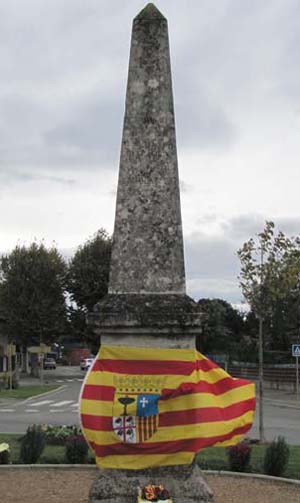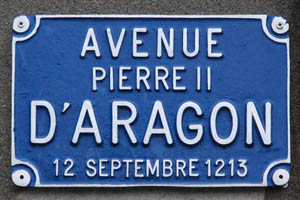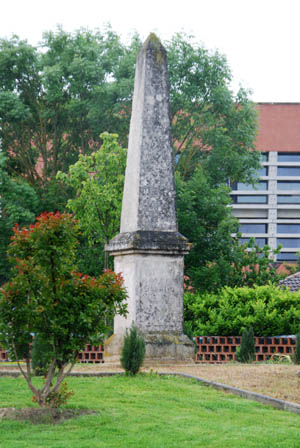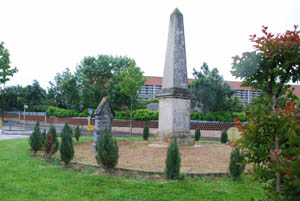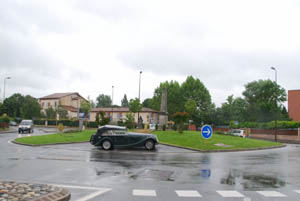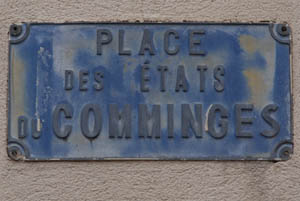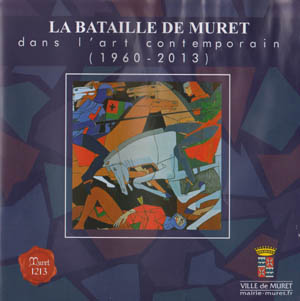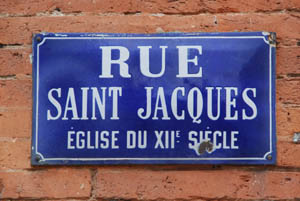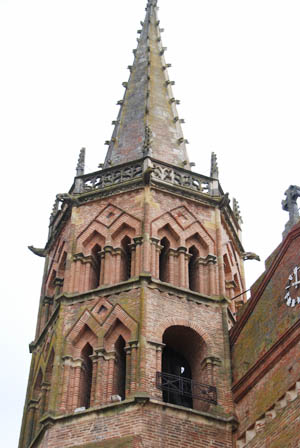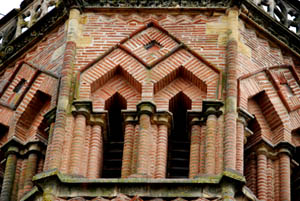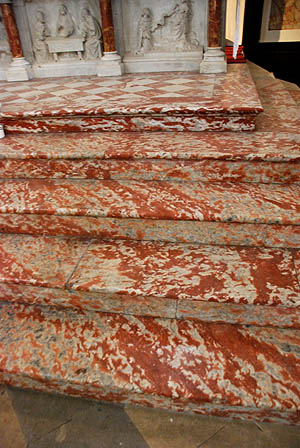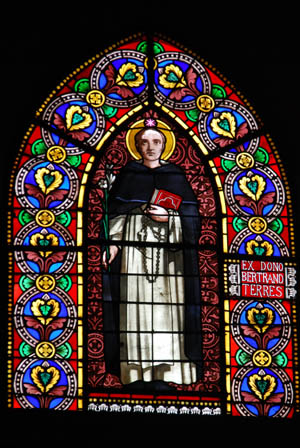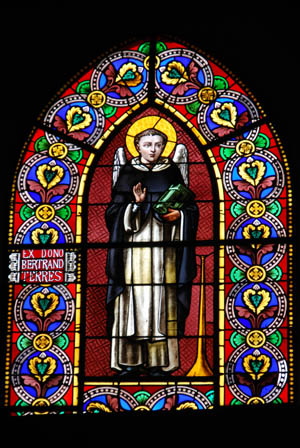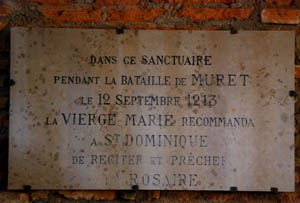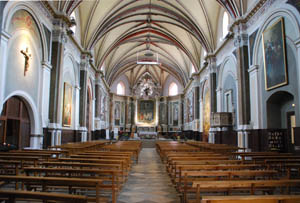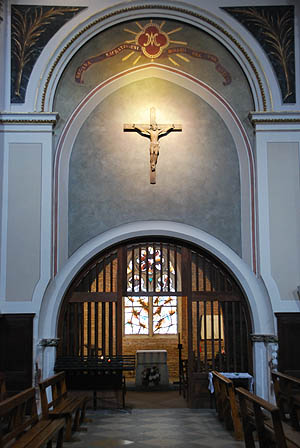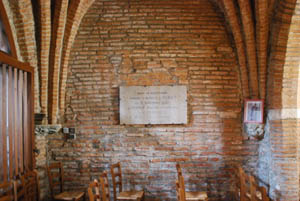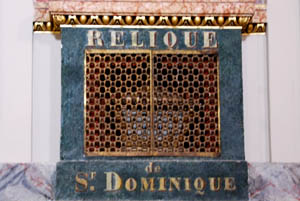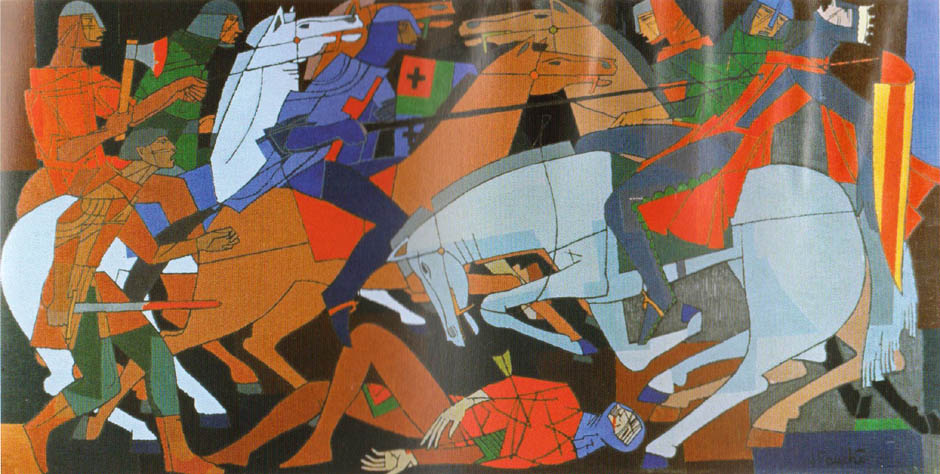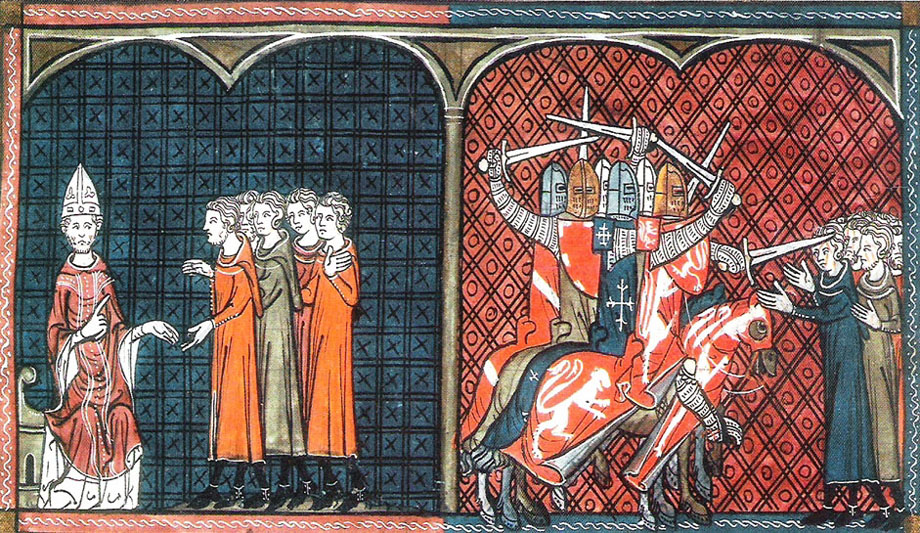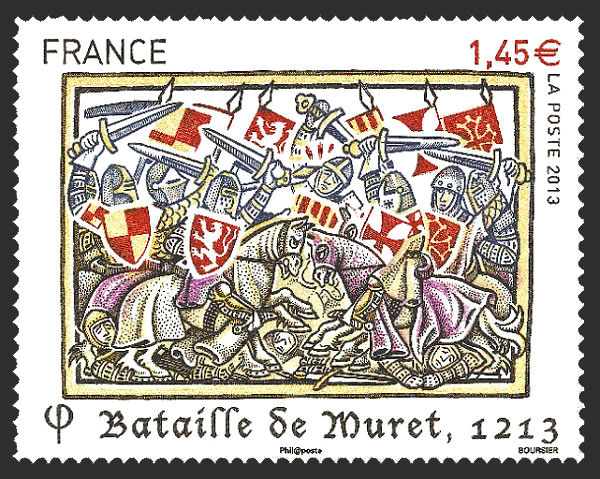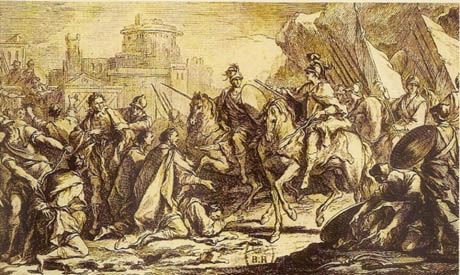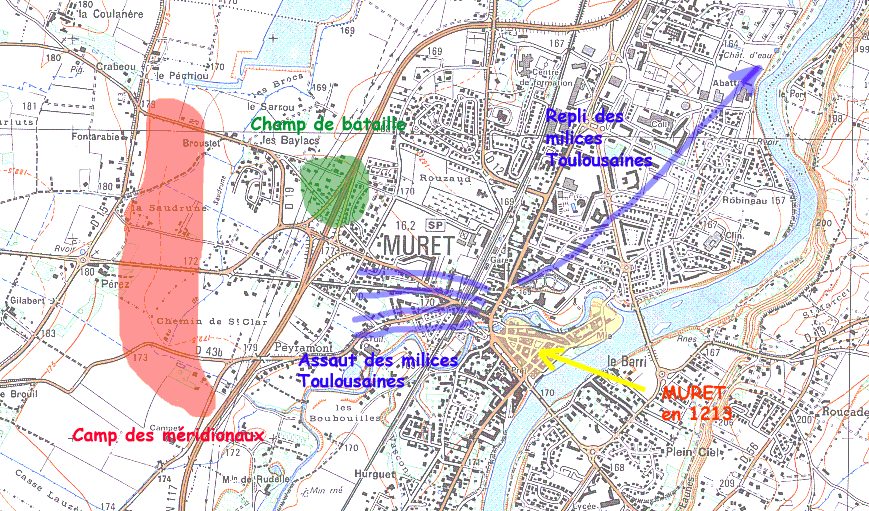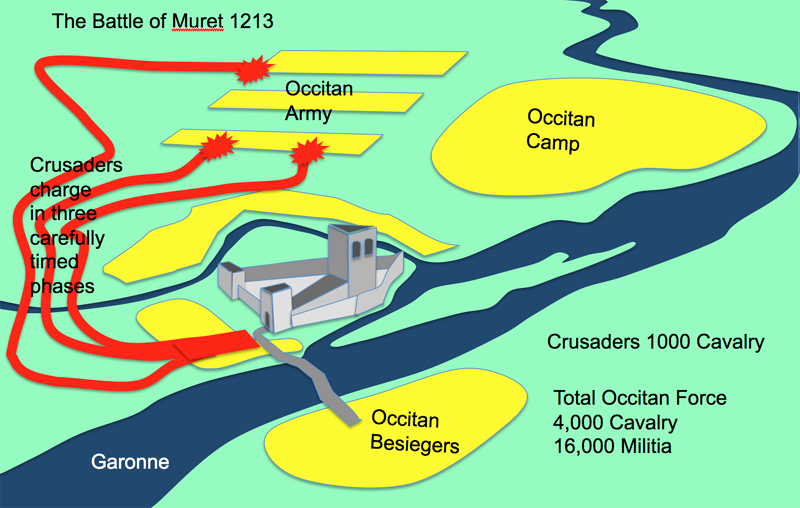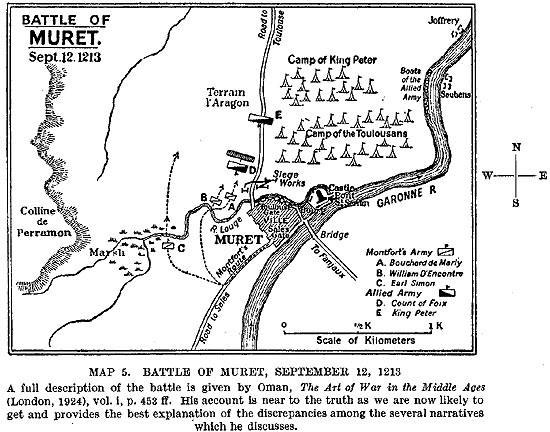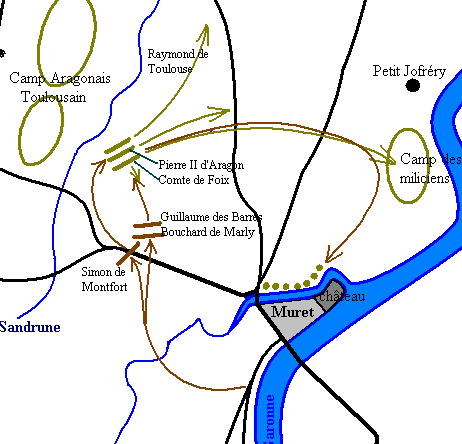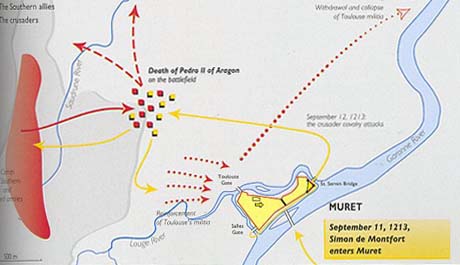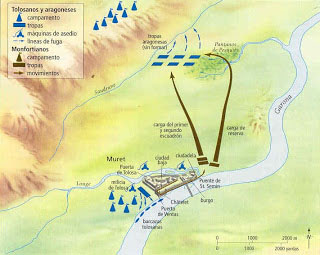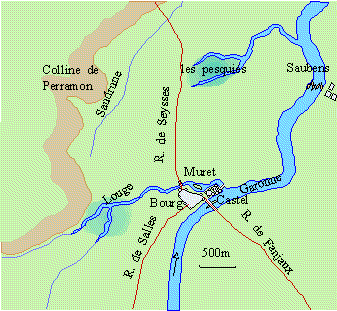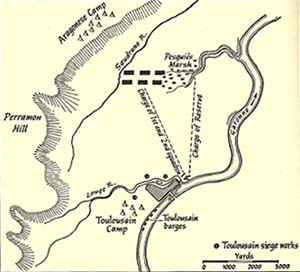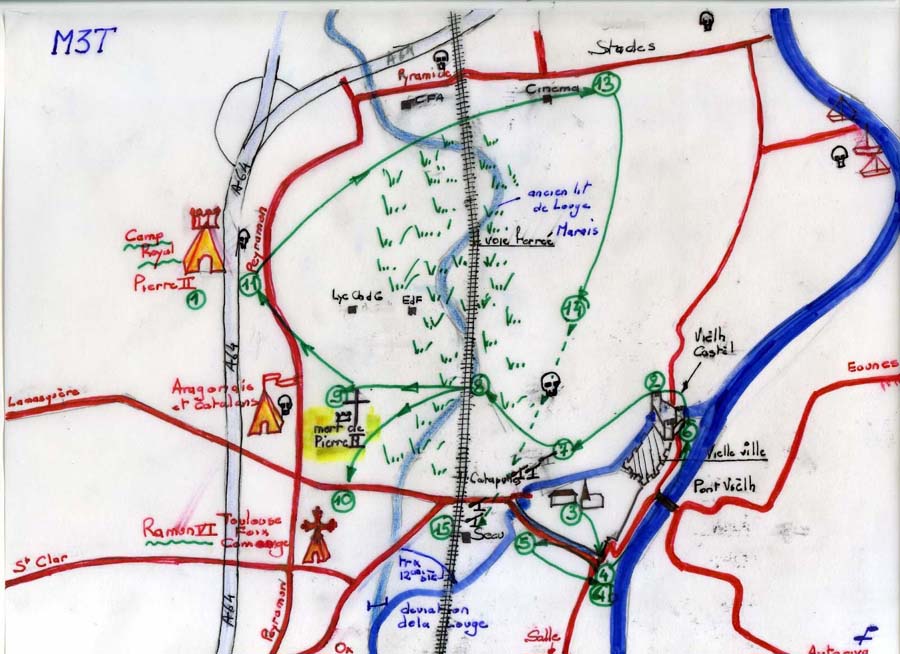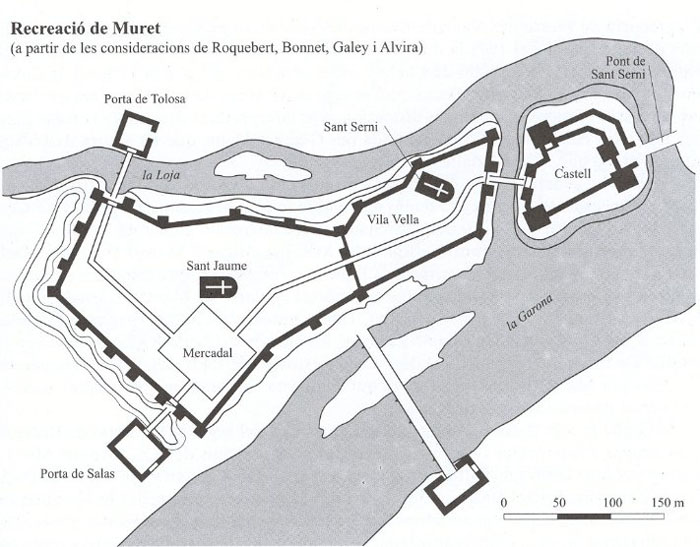Cathar Castles
|
|
|
|
|
|
|
|||||||||||||||||||||||||||||||||||||||||||||||||||||||||||||
|
|
Castle of Muret (
|
|
|||||||||||||||||||||||||||||||||||||||||||||||||||||||||||||||
AddressContact James McDonald Tel from the US: 010 33 468 201142 Tel from the UK: 01 33 468 201142 Tel from France: 0468 201142 Tel other: + 33 468 201142 e-mail castlesandmanorhouses@gmail.com |
|
||||||||||||||||||||||||||||||||||||||||||||||||||||||||||||||||
Google Maps |
|
||||||||||||||||||||||||||||||||||||||||||||||||||||||||||||||||
|
|
|
|||||||||||||||||||||||||||||||||||||||||||||||||||||||||||||||
Location
The Battle took place outside the castrum of Muret, now the centre of of much larger town, so much of the battlefield lies below modern housing.
|
|
||||||||||||||||||||||||||||||||||||||||||||||||||||||||||||||||

|
|||||||||||||||||||||||||||||||||||||||||||||||||||||||||||||||||
History
By September 1213, the town of Muret was back in the hands of the Occitan lords. About 30 crusader knights remained within the castle. They knew they could not resist for long. They sent a message to Simon de Montfort who was at Fanjeaux to come to their rescue. Simon assembled as many knights as possible among the crusaders who had not yet gone back to France after their 40 days of annual duty and they rode hotfoot to Muret. The king of Aragon ordered his men to withdraw from the town to allow Simon's troop to enter the citadel (planning to trap them there). The following day, Simon launched a sudden attack. The Meridionals were not well organised. Together with thousands Catalans, Aragonese and Occitans, the king of Aragon died in the field of battle. Simon's victory was complete. Simon IV de Montfort was the leader of the Albigensian Crusade, sent to destroy the Cathars and seize the lands of the Occitan lords. His crusaders' strength: Cavalry : about 900 knights and sergeants, split into 3 battles of 300 men each.
Infantry: about 700 crossbowmen and spearmen defending the castle and protecting the access for the cavalry.
Raymond VI of Toulouse sought assistance from his brother-in-law, King Peter II of Aragon. On 10 September, Peter's army arrived at Muret, and was joined by a Toulousain militia. He positioned his army so their right flank was protected by the Saudrune River, and the left protected by a marsh. He left the Toulousain militia to assault the walls of the castle. Aragonese and Occitan strength: Cavalry: about 2,200 knights and sergeants.
Infantry: less than 10,000 men. Some attacked the castle, others stayed encamped or followed the cavalry.
Simon de Montfort's 870 mailed cavalry included 270 knights, making the small force of exceptional quality. King Peter of Aragon had brought 800 to 1,000 Aragonese cavalry, joined by a militia from Toulouse and allied armies brought by the Counts of Comminges and Foix. King Peter of Aragon's combined forces possibly numbered 4,000 cavalry, with thirty to forty thousand infantry. Montfort divided his army into three squadrons, and then led them across the Garonne to meet the Aragonese forces. Raymond, advised a defensive posture in order to weaken the advancing enemy with bowshot and javelins. Peter rejected this suggestion as unknightly and dishonourable. Peter rode to the front line, forsaking his royal armour for the plain armour of an ordinary knight (a common practice for fighting kings of the time), an ordinary knight donning the king's armour. When de Montfort's first squadron charged the field, the Aragonese cavalry was crushed and Peter himself was unhorsed. He is reported to have cried out, "I am the king!" but it is not clear why - according to one account he was embarrassed by the poor fighting ability of the knight wearing the royal armour. According to another report he was expecting to be taken prisoner rather than be killed. In any case he was killed. With the realisation that their king had been killed, the Aragonese forces broke in panic and fled, pursued by Montfort's Crusaders. According to the Crusader chroniclers the coalition army numbered almost 34 000 men and de Montfort's army only 2,100, but it seems likely that the imbalance has been exaggerated - as it almost always was by the victorious side in medieval battles. This was one of the very few open battles of the Cathar Wars - the local forces must have known that they were no match for Simon's army. Simon was a brilliant military strategist, tactician and leader, commanding a highly organised aggressive and experienced hierarchical army. The local forces were poorly organised, uncoordinated and more concerned with paratge, cortezia and convivienza than military victory. Peter must have known that the tactics of the Count of Toulouse would have ensured victory, but imagined that God would ensure victory (the same mistake that Simon would make at Toulouse five years later).
A monument to Peter II marked the spot where tradition holds that he fell in battle near the modern tourist office. Shamefully, a modern French highway has been build over it - the French are not keen on reminders that they annexed this territory after killing the suzerain of these lands in defeating the House of Toulouse. The monument has been moved to a spot nearby, on a traffic roundabout.
There is another reminder of the battle, as Dominic Guzmán, now St Dominic was there. Churchmen like Dominic and Arnaud Amaury played a prominent role in military sieges - Senior churchmen were often the chief engineers for siege engines, and Arnaud had been supreme commander of the Crusade in the early days. But less warlike senior churchmen would generally retire from open battles. Dominic had taken part in the Catholic Crusaders' Council of War that preceded the battle of Muret. But during the battle he retired to safety. He supposedly spent the battle kneeling before an altar in the church of Saint-Jacques, praying for the triumph of the Catholic arms. When Simon de Montfort won the battle, he regarded his victory as miraculous, and attributed it to Dominic's prayers. In gratitude for this victory, the Simon erected a chapel in the church of Saint-Jacques, According to Catholic tradition has it was here in the church of Saint-Jacques as he prayed for victory that the Virgin Mary first gave Dominic a chaplet of beads, the prototype of the ones now used so extensively within the Catholic Church. (This tradition is a late and unreliable, and sits ill with the earlier use of identical prayer beads by Moslems). Nevertheless a plaque in the chapel assures us that:
|
|
||||||||||||||||||||||||||||||||||||||||||||||||||||||||||||||||
Architecture
Monument now at 43.468375, 1.323930 Site of castle 43.461944, 1.331070 Site of Battle 43.467049, 1.314610 |
|
||||||||||||||||||||||||||||||||||||||||||||||||||||||||||||||||
|
|
|
||||||||||||||||||||||||||||||||||||||||||||||||||||||||||||||||
Photographs |
|
||||||||||||||||||||||||||||||||||||||||||||||||||||||||||||||||
|
|
|
|||||||||||||||||||||||||||||||||||||||||||||||||||||||||||||||
|
|||||||||||||||||||||||||||||||||||||||||||||||||||||||||||||||||
|
|
|||||||||||||||||||||||||||||||||||||||||||||||||||||||||||||||||
|
|
|
|
|||||||||||||||||||||||||||||||||||||||||||||||||||||||||||||||
|
|
|
|
|||||||||||||||||||||||||||||||||||||||||||||||||||||||||||||||
|
|
|||||||||
| :::: Link to us :::: Castle and Manor Houses Resources ::: © C&MH 2010-2016 ::: contact@castlesandmanorhouses.com ::: Advertising ::: |





